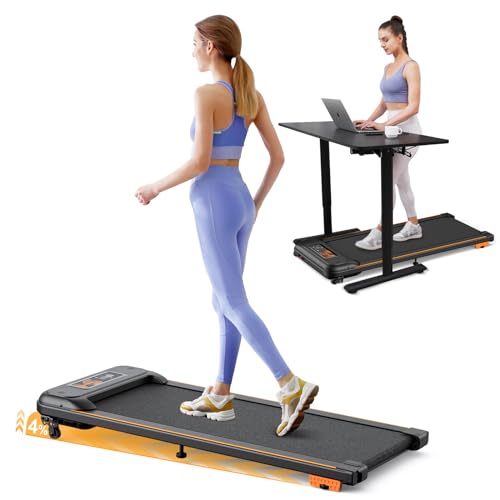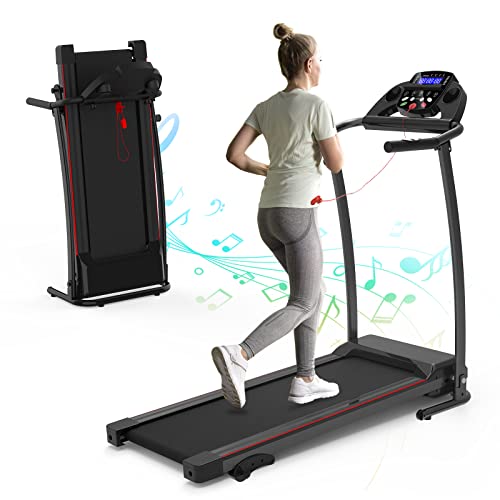You'll Be Unable To Guess Treadmill Incline Workout's Secrets
페이지 정보

본문
 How to Use a treadmill incline Workout (https://atomcraft.Ru)
How to Use a treadmill incline Workout (https://atomcraft.Ru) Many treadmills allow you to alter the degree of incline. Walking uphill at a high angle will burn more calories than running on the flat.
Many treadmills allow you to alter the degree of incline. Walking uphill at a high angle will burn more calories than running on the flat.It is also low-impact, and can be a great alternative to running for people with joint problems. It can be performed at different speeds and can be easily adjusted to achieve the fitness goals.
The right slope
If you're a treadmill beginner or an experienced runner an incline workout offers plenty of opportunities to spice up your cardio workouts. The incline feature of treadmills can simulate running outdoors, with no the pain on your joints. Increasing the intensity of your walks or runs will aid in burning more calories and build endurance, strengthen the muscles in your lower leg, and increase your heart rate to increase the flow of blood. It is easy to incorporate incline training into your cardio sessions in the form of an HIIT workout or a steady-state exercise.
If you're walking on an incline, make sure you take longer steps and keep your arms moving. A good rule of thumb is to tighten your arms when you're walking at an incline of 15 percent, and relax them when you're at an incline of 1 percent. This will improve your walking technique and prevent injuries. You should also avoid leaning forward too much when walking at the top of a hill, as this can strain your back.
If you're new to incline treadmill exercises it's a good idea for you to begin at a low incline. Before you start any incline, you should ensure to walk for 30 minutes at a slow speed on a flat surface. This will prevent injury and will allow for gradual growth in fitness.
Most treadmills allow you to set a specific incline when you're working out. Some treadmills do not allow the user to manually change the incline. You will have to stop your workout to manually adjust the deck to the desired level. This can be a hassle particularly if you're performing an interval training program where the incline changes every few minutes.
When you're doing a HIIT session, it's beneficial to know the approximate maximum percentage of your maximum heart rate (HRmax). This will inform you when you've reached your desired level of intensity and it's the right time to increase the incline or reduce the speed. If you're doing steady-state exercise, it's also important to keep track of your heart rate throughout the workout and maintain it within 80-90% of the maximum heart rate.
Warming up
Treadmill workouts can be an excellent way to burn calories, but incline-based treadmills increase the intensity and offers additional benefits such as functional strength training. If you are new to running or walking on an inclined surface it is crucial to warm up prior the intensity of your treadmill exercise. This will lower the chance of injury, and prepare your muscles for the more demanding work to come.
Warming up with 2 minutes of vigorous walking is ideal for beginners. After you've warmed up then you can begin walking for 4 to five minutes. You can continue to warm up your legs by adding two minutes of walking at a fast pace after your run. Then, you can move on to a full-body circuit like one that incorporates bodyweight exercises such as squats or walking lunges.
A full-body circuit is a good choice since it targets multiple muscle groups and helps to build a stronger core. This is a great method to raise your heart rate, without having to push too hard on the treadmill. If you're unsure of which workout routine to pick you can ask your fitness instructor for advice.
Include an incline into your treadmill workout. This will give you the most realistic exercise terrain and increase your VO2 Max, or maximum oxygen intake. Walking on an incline will also prepare your muscles to walk on terrain that is real and reduce the stress on your knees.
Treadmill incline exercises can target various leg muscles and are great to tone the lower body. Walking at an angle will also increase the range of movement in your arms and strengthen your shoulders and chest.
A high-intensity treadmill workout is a great option for beginners and is ideal for those who wish to push themselves and reach higher heart rates without the strain of pushing their bodies to the limit. It is essential to track your heart rate during a high-intensity treadmill workout, and be sure to stretch afterward. Stretching can help ease tight muscles and will help to recover your body after intense exercise.
Intervals
You can alter the intensity of the treadmill incline exercise using intervals. Interval training has been proven to help burn calories while also building muscle faster. It involves alternating high-intensity exercise with periods of less intense exercise, like a walk or light jog. This type of exercise will aid in increasing your VO2 max which is the maximum amount of oxygen your body can take in during exercise.
To get the most out of your treadmill with incline of 12 incline workout, it is recommended to incorporate the two activities of walking and jogging. This will ensure that your body can recover between the high-intensity intervals and prevent injuries. Warm up prior to beginning the intervals.
The first step in designing a treadmill incline exercise is to determine your target heart rate. This should be between 80-90 percent of the client's maximum heartbeat. Then, you can decide what speed and incline you will use for each interval.
You can make use of the built-in interval program on your small treadmill with incline or create your own. For instance, start with a 3-minute interval at a gentle jog and gradually increase the speed. Once you've reached your goal heart rate, you can jog at a comfortable speed throughout the exercise.
You can then jog with an angle between 10 and 15 percent and then run for 3 to 6 repetitions. Then, you'll be able to return to the jog at a moderate pace for one minute of recovery. Repeat this process for a total of five to eight intervals.
If you're not at ease using a treadmill try a walking or running in an incline. This will test your balance and work your leg muscles harder than a treadmill. But, it's essential to examine your ankles and knees for any issues that may be underlying prior to beginning this type of workout.
You can also include a variety of dumbbell exercises in your incline workouts to build muscle. For instance, you could perform lateral raises as well as dumbbell rows during your rest intervals to make your workout more challenging.
Recovery
Most treadmills offer an incline function that allows you to simulate running and walking uphill. You can alter the speed of your treadmill to make it more challenging or to include intervals with more intensity. This type of workout is ideal for those who want to increase their cardiovascular fitness and burn calories without worrying about the impact on joints.
In addition to burning more calories, incline walking also engages different muscles in the body. This can strengthen the posterior chain, which includes the glutes, hamstrings and calf muscles. Inline treadmill walking also strengthens the muscles that make up the calves, including the smaller peroneal and tibialis anterior muscles. This can increase the flexibility and strength of the muscles and is a great alternative to jogging if are not comfortable doing high-impact exercises.
If you're new to incline-walking, begin with a low angle, and gradually increase it as time goes by. This will aid in avoiding joint pain and reach your fitness goals more quickly. Be aware of your body. Stop exercising if there is any discomfort or discomfort.
Begin by warming up with a gentle upward or level walking for five minutes to benefit the most out of your incline workout. Also, don't forget to keep track of your heart rate throughout your workout to ensure you stay within your target heart rate zone.
After your first interval, lower the incline by 0% and walk briskly for 3-4 minutes. This recovery phase will help you return your heart rate to normal and prepares your body to the next step.
Repeat this procedure for the rest of your exercise on the incline. Make sure that the ratio of work-to-rest as close to 1:1 as you can. This will allow you to increase the intensity of your workout and get your desired results in a lesser amount of time. Stretch your muscles after working out to prevent tight muscles and issues with flexibility.
- 이전글5 Qualities That People Are Looking For In Every Buy A Category B+ Driving License 25.01.07
- 다음글10 Sites To Help You Learn To Be An Expert In Masturbators For Male 25.01.07
댓글목록
등록된 댓글이 없습니다.

